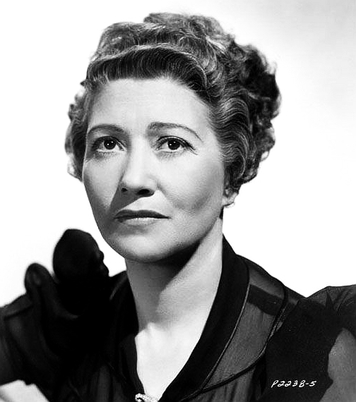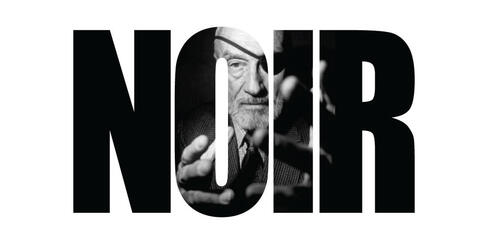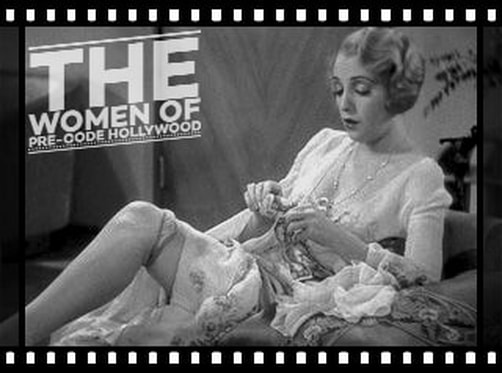
Fay Bainter
Active - 1934 - 1965 | Born - Dec 7, 1891 in Los Angeles, CA | Died - Apr 16, 1968 in Beverly Hills, CA | Genres - Drama, Comedy | Height: 5' 5"
American actress Fay Bainter was working in stock at age five, and by the time she was 19 was one of the privileged members of theatrical impresario David Belasco's company. First starring on Broadway in 1912, Bainter was cast in ingenue or romantic parts for the first portion of her career.
When she finally decided to give movies a try, it was as a mature, somewhat plump character actress. Her first film was This Side of Heaven (1934), after which, according to many historians she was established in kindly, motherly roles - except for those in which she wasn't so kind and motherly, which constituted the more interesting moments of her film career.
In 1938, Bainter made cinema history by being nominated for two Academy Awards in two different categories: As best actress for White Banners, a second-string Warners drama in which she played a "Mrs. Fixit", and as best supporting actress in Jezebel, where she had the somewhat harsher role of southern belle Bette Davis' remonstrative Aunt Belle. Academy members were confused by Bainter's dual nomination, the result being that the Academy was compelled to change its nominating and voting rules (P.S.: She won for Jezebel). Occasionally a star (The War Against Mrs. Hadley [1943]) and always near the top of the supporting-cast list, Bainter worked steadily in films until the early 1950s, shifting her attention at that time to television.
In 1958, she appeared in the touring company of the Eugene O'Neill play Long Day's Journey Into Night in the role of Mary Tyrone -- a difficult and demanding assignment even for a woman half her age, but one that she pulled off brilliantly. Bainter returned to films as an unsympathetic wealthy dowager in The Children's Hour (1961), which earned her another Oscar nomination -- this time in one category only.
Available Films:
Active - 1934 - 1965 | Born - Dec 7, 1891 in Los Angeles, CA | Died - Apr 16, 1968 in Beverly Hills, CA | Genres - Drama, Comedy | Height: 5' 5"
American actress Fay Bainter was working in stock at age five, and by the time she was 19 was one of the privileged members of theatrical impresario David Belasco's company. First starring on Broadway in 1912, Bainter was cast in ingenue or romantic parts for the first portion of her career.
When she finally decided to give movies a try, it was as a mature, somewhat plump character actress. Her first film was This Side of Heaven (1934), after which, according to many historians she was established in kindly, motherly roles - except for those in which she wasn't so kind and motherly, which constituted the more interesting moments of her film career.
In 1938, Bainter made cinema history by being nominated for two Academy Awards in two different categories: As best actress for White Banners, a second-string Warners drama in which she played a "Mrs. Fixit", and as best supporting actress in Jezebel, where she had the somewhat harsher role of southern belle Bette Davis' remonstrative Aunt Belle. Academy members were confused by Bainter's dual nomination, the result being that the Academy was compelled to change its nominating and voting rules (P.S.: She won for Jezebel). Occasionally a star (The War Against Mrs. Hadley [1943]) and always near the top of the supporting-cast list, Bainter worked steadily in films until the early 1950s, shifting her attention at that time to television.
In 1958, she appeared in the touring company of the Eugene O'Neill play Long Day's Journey Into Night in the role of Mary Tyrone -- a difficult and demanding assignment even for a woman half her age, but one that she pulled off brilliantly. Bainter returned to films as an unsympathetic wealthy dowager in The Children's Hour (1961), which earned her another Oscar nomination -- this time in one category only.
Available Films:
Trivia:
One of the ten thespians to have been nominated for both a supporting and lead acting Academy Award in the same year for two different movies. The other nine are Teresa Wright, Cate Blanchett, Barry Fitzgerald (he was nominated in both categories for the same role in the same movie), Jessica Lange, Sigourney Weaver, Al Pacino, Emma Thompson, Holly Hunter, Julianne Moore and Jamie Foxx. Bainter was the first to have ever been nominated for both awards in the same year.
Presented the very first African-American winner with the Oscar statuette when Hattie McDaniel won Best Supporting Actress for Gone with the Wind (1939) (February 29, 1940, Ambassador Hotel, Los Angeles).
[In 1938] "There comes a day when the flush of youth disappears from every woman's face. Most women dread it. I did. Like so many things, however, it is worse in anticipation than actual fact."
"Some of the young players that all that is required of them is learning lines and speaking them when their cue comes. They stand staring at you with vacant eyes, concentrating on what they have to say, instead of listening to and concentrating on what you are saying."
One of the ten thespians to have been nominated for both a supporting and lead acting Academy Award in the same year for two different movies. The other nine are Teresa Wright, Cate Blanchett, Barry Fitzgerald (he was nominated in both categories for the same role in the same movie), Jessica Lange, Sigourney Weaver, Al Pacino, Emma Thompson, Holly Hunter, Julianne Moore and Jamie Foxx. Bainter was the first to have ever been nominated for both awards in the same year.
Presented the very first African-American winner with the Oscar statuette when Hattie McDaniel won Best Supporting Actress for Gone with the Wind (1939) (February 29, 1940, Ambassador Hotel, Los Angeles).
[In 1938] "There comes a day when the flush of youth disappears from every woman's face. Most women dread it. I did. Like so many things, however, it is worse in anticipation than actual fact."
"Some of the young players that all that is required of them is learning lines and speaking them when their cue comes. They stand staring at you with vacant eyes, concentrating on what they have to say, instead of listening to and concentrating on what you are saying."




